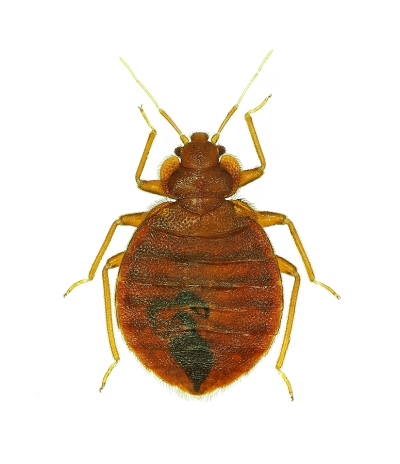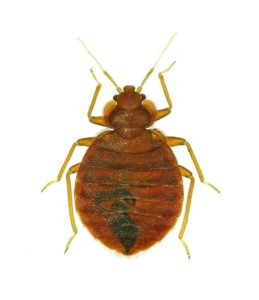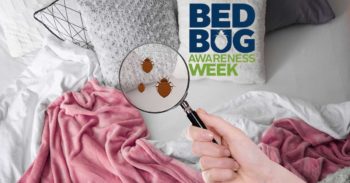
 Before the late 1990’s, pest control professionals rarely performed bed bug abatement services except in homeless shelters and environments where people were forced to spend time in crowded environments where sanitation was lacking.
Before the late 1990’s, pest control professionals rarely performed bed bug abatement services except in homeless shelters and environments where people were forced to spend time in crowded environments where sanitation was lacking.
Since the sudden reappearance in the late 1990’s, research into bed bug behavior, biology and ecology has moved forward very rapidly. University researchers have spent a lot of time and money studying and updating their knowledge about this blood-sucking insect pest.
Since the resurgence of bed bugs, pest management professionals have had to update their “knowledge base” regarding this stealthy pest. Many questions have been answered but there is still much to learn about bed bug behavior, biology and ecology.
Bed bugs do not hop, skip, jump or fly (they have no wings). How do they ‘get around” and find a host? Bed bugs are very good at a number of behaviors – not least of which is “hitching-a-ride” to be carried to their next meal. Once the bed bug finds a comfortable environment, they set-up housekeeping close to their source of food – blood. All stages of bed bugs from newly hatched nymphs to adults feed exclusively on blood. Adults typically feed every 4-5 days. Immature stages feed more frequently.
To survive, bed bugs need an environment which provides harborages (cracks and crevices), food (blood), acceptable temperature (room temperature) and fellow bed bugs. Once these conditions are met, bed bugs settle in for the long term.
Conditions necessary for these pests to thrive can be found in homes, schools, hospitals, hotels, theaters, shelters, modes of transportation and other places where people spend any length of time.
Once established, bed bugs typically move from harborage sites to feeding sites and back. In a typical 24 hour period bed bugs may crawl a distance of 30 to 40 feet from harborage to host and back again. Remembering that bed bugs have no wings and must rely on their ability to crawl and climb to get around.
If you are in an environment where bed bugs have established themselves, you may, inadvertently, become the “mode of transport” for bed bugs to other areas. This pest may crawl into your luggage or other personal items and be transported to other sites.
These pests have been known to crawl into electronic devices such as laptop computers. We have seen bed bugs hiding in books and CD jewel cases. Be careful when you rent CDs and take books from the library.





